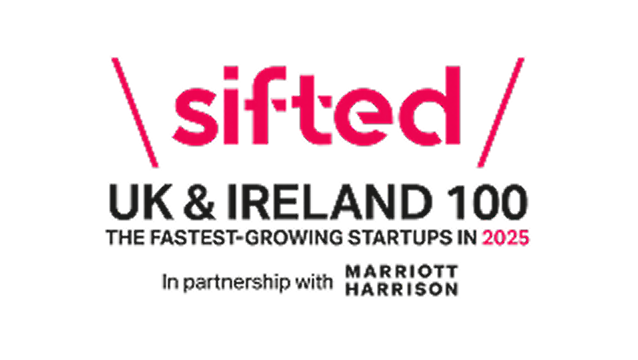Clearing Card Debt

Understanding Your Debt Situation
You can’t solve a problem you don’t understand. The critical first step is to get a complete, honest picture of exactly what you owe. Trying to pay off debt without this clarity is like trying to build a house without a blueprint.
It rarely happens all at once. It’s usually a slow creep, driven by three main factors:
High Interest Rates (APR): In the UK, credit card APRs are often over 20%. This means if you have a £2,000 balance, you could be paying over £400 a year in interest alone. This ‘compound interest’ is charged on your balance and on the interest already added, which is how balances can spiral.
The Minimum Payment Trap: Lenders usually only ask for a tiny percentage of your balance as a minimum payment (e.g., 1-3%). Paying only this amount means the vast majority of your payment is eaten up by interest, with very little going towards the actual money you borrowed.
Late Fees: Missing a payment, even by a day, can add a fee (e.g., £12) and may even result in your lender raising your interest rate.
Try our Pay Off Calculator & see what you could save
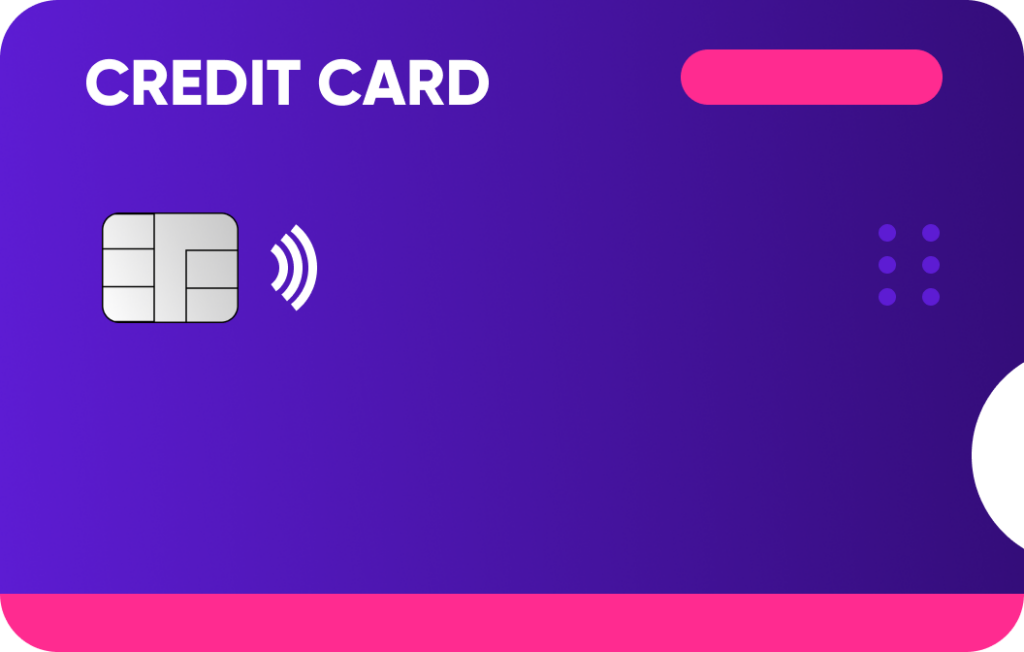

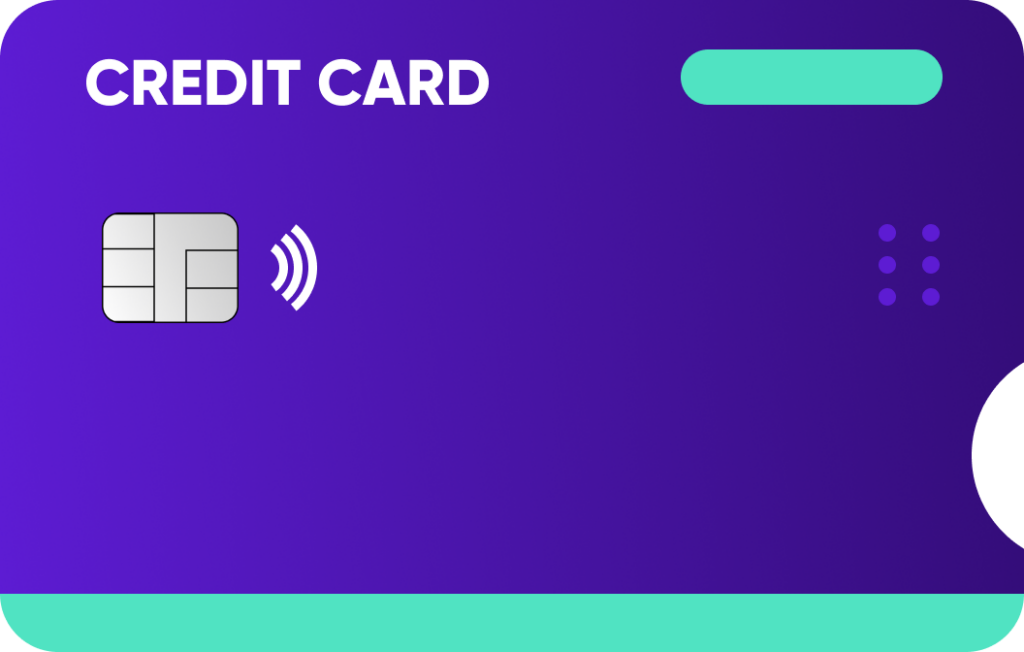

Credit Card Balance
Credit Card APR (%)
How much do you pay monthly?
24.6% APR Representative based on a £10,000 loan over 60 months at 19.9% fixed interest p.a. Monthly repayment: £277.60. Total repayable: £16,656 (inc. £500 fee). Subject to status and affordability. Consolidating debt may increase the term and total amount repaid.

Gather Your Numbers
To break the cycle, gather the following information for every single debt you have:
Who you owe: The name of the lender (e.g. Barclaycard, Lloyds Bank).
The total balance: The exact amount you currently owe.
The interest rate (APR): This is the most important number. It is what your debt is costing you.
The minimum monthly payment: The smallest amount you are required to pay.
This can feel like a big task, but it is essential. To make it simple, the Updraft app can help you track your credit score for free, so you can see how your overall debt picture impacts your file as you start to take control.

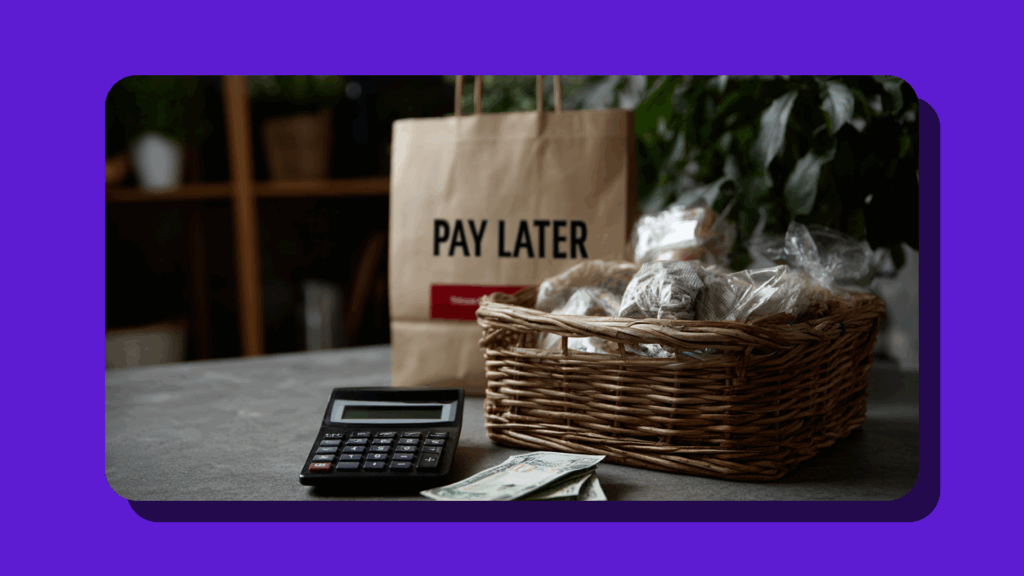

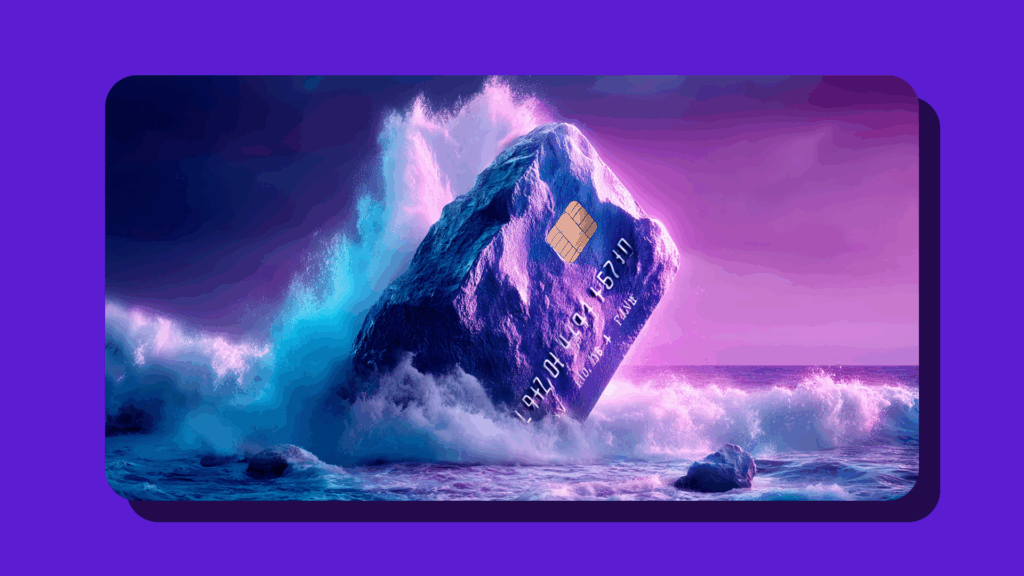
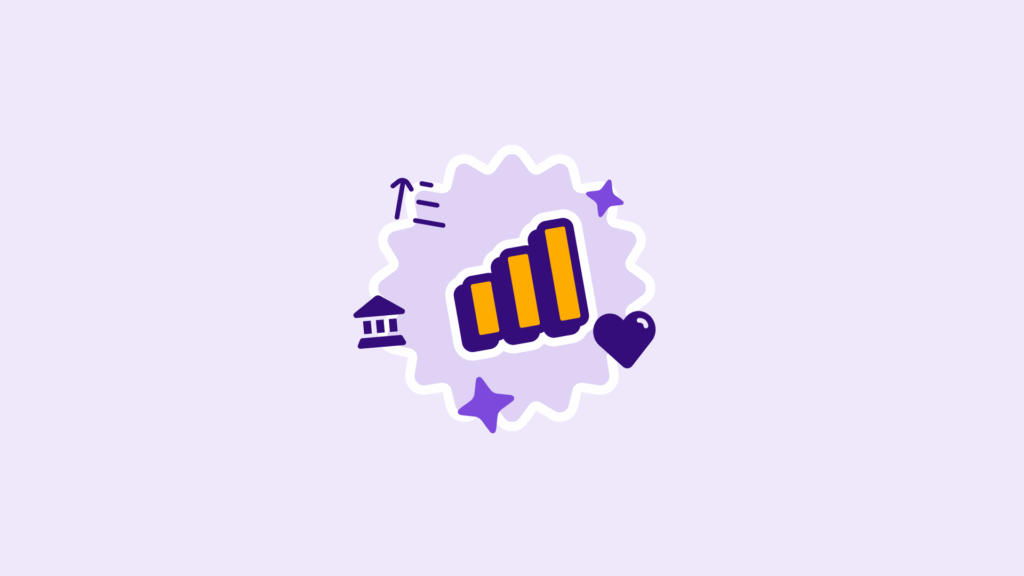

Create a Debt-Repayment Plan
Once you know your numbers, you need a plan of attack. A good plan breaks the process down into manageable steps and keeps you focused.
List and Prioritise Your Debts
Look at the list you just made. Now it’s time to decide how you’ll tackle it. You can rank your debts in a few different ways: by the total balance (smallest to largest), by the interest rate (highest to lowest), or by how urgent they are (e.g., priority debts like council tax).
For getting out of debt fast, the interest rate is the key factor. To find the APR rate for each account, you will need to check your most recent statements. This is the most accurate way to get this number, as lenders don’t always make it available to tracking apps. Once you know which ones have the highest rates, you know exactly which ones to target first to save the most money.
Set a Realistic Monthly Budget
You need to find ‘extra’ money in your budget to throw at your debt. The only way to do this is to know exactly where your money is going.
Go through your bank statements for the last 3 months and categorise everything (e.g., groceries, subscriptions, rent, ‘wants’ vs ‘needs’). This helps highlight areas where you might be able to cut back.
Strategies to Pay Off Debt Faster
There isn’t one single ‘best way’ to pay off debt – everyone’s finances are different, so it’s about finding the approach that fits your situation.
The Snowball Method
Build Momentum with Quick Wins
This method is all about psychology and motivation.
How it works: You list all your debts from the smallest balance to the largest, regardless of the interest rate. You make minimum payments on everything except the smallest debt. You throw every extra penny you have at that smallest debt until it’s gone.
Why it works: Clearing that first, smallest debt gives you a quick, tangible win. It feels great and builds your confidence. You then roll the money you were paying on that debt onto the next-smallest one, creating a ‘snowball’ effect.
Best for: Anyone who feels overwhelmed and needs to see progress fast to stay motivated.
The Avalanche Method
Save the Most on Interest
This method is generally the most cost-effective.
How it works: You list your debts from the highest interest rate (APR) to the lowest. You make minimum payments on everything except the debt with the highest APR. You throw all your extra cash at that high-interest debt until it’s cleared.
Why it works: By tackling your most expensive debt first, you stop more interest from building up. This means you pay less in the long run and could help you get out of debt faster, even if it feels a bit slower at the start.
Best for: People who are disciplined, numbers-focused, and want to minimise the total amount of interest they pay.
Balance Transfer Cards
Pause the Interest
A balance transfer card can provide short-term breathing room.
How it works: You move your high-interest balances from your current cards onto a new card that offers a 0% interest introductory period (e.g., 12, 18, or 24 months). During this time, 100% of your repayments go towards clearing your balance, not just servicing interest.
Things to watch for: You’ll usually need a good credit score to be accepted. Most cards charge a one-off transfer fee (typically 1-3% of the balance you’re moving). It is crucial you don’t use the new card for spending and that you aim to clear the balance before the 0% offer ends.
Debt Consolidation Loans
One Simple Payment
This strategy involves replacing multiple debts with a single, structured loan.
How it works: You take out a new personal loan to pay off all your existing credit card balances or overdrafts. You’re then left with just one monthly payment to the loan provider, often at a fixed interest rate.
When it works: This is a good option if the loan’s interest rate is significantly lower than your average credit card APR, and you want the simplicity of one payment and a clear date for when you’ll be debt-free.
Risks to consider: The main risk is falling back into old habits and building up new balances on the cards you’ve just paid off, which can undo your progress.

Consolidation & Balance Transfers
How to Reduce Your Interest Costs
Every pound you save on interest is a pound you can use to pay off your actual debt. Here are some key tips:
Pay more than the minimum: This can make the biggest difference. Even an extra £20 or £50 a month can shave years off your repayment time and save you hundreds in interest.
Negotiate a lower rate: Call your credit card provider and ask them to lower your APR. If you’ve been a good customer and made payments on time, they may agree to it to keep your business. The worst they can say is no.
Prioritise high-interest cards: If you’re not using a formal ‘Avalanche’ method, at least try to pay more towards the card charging you the most interest.
Making Your Plan Stick
A goal without a plan is just a wish. Here are practical steps to ensure you succeed:
Automate Your Payments
Automation is your best friend. Set up Direct Debits for at least the minimum payment on all your accounts. This helps make sure you don’t miss a payment, damage your credit score or incur additional fees.
Then, set up an automatic standing order to make your ‘extra’ debt repayment (your Snowball or Avalanche payment) for the day after you get paid. This “pays yourself first” and stops you from accidentally spending the money.
Boost Income & Cut Expenses
Your repayment plan has two levers: what you earn and what you spend. Pulling both gets the fastest results.
Cut Expenses: Find quick wins. Are you paying for subscriptions you don’t use? Can you switch to a cheaper supermarket? Cutting just £5 a day saves £150 a month, which could clear £1,800 of debt in a year.
Boost Income: Look for temporary ways to earn more, such as selling unwanted items or taking on flexible work. Every extra pound you earn can go straight towards your debt.
Protect Your Credit While Getting Out of Debt
It’s vital to protect your credit score while you repay debt, as a good score will unlock the best 0% and low-rate deals.
Always pay on time: Your payment history is the biggest factor in your credit score. A single late payment can stay on your file for six years.
Avoid multiple applications: Don’t apply for lots of new credit (loans or cards) in a short space of time. Each application for new credit creates a ‘hard check’.
Monitor your score: Check your credit report regularly to track your progress and spot any errors.
Frequently Asked Questions
Is it better to pay off the smallest balance or highest interest first?
It depends on your circumstances. Paying the highest interest first (the Avalanche method) is generally the most cost-effective. Paying the smallest balance first (the Snowball method) could be better for staying motivated. The best plan is the one you will actually stick to.
How long will it take to clear £5,000 of credit card debt?
This depends entirely on your APR and monthly payment. At 21% APR, paying £100 a month would take over 8 years. However, if you could find £250 a month, you could clear it in just 2 years.
Does paying off a credit card improve my credit score?
Yes, absolutely. Paying down your balances lowers your ‘credit utilisation’ (the amount of available credit you are using), which is one of the biggest factors in your credit score. It also demonstrates a history of reliable, on-time payments.
Will settling a debt hurt my credit score?
Yes. ‘Settling’ (paying back less than you owe) is different from paying in full. A ‘partial settlement’ will be marked on your credit file for six years and significantly damages your score, as it shows you did not repay the agreement in full. It is almost always better to pay in full if you can.
Take control of your borrowing costs today
High interest can quietly drain your money — but it doesn’t have to. With the Updraft app, you can see the real rates you’re paying, cut back on unnecessary interest payments, and explore smarter ways to manage your money.
With a single payment and a clear loan term, you could clear your debt sooner. And with no settlement fees, you have the flexibility to pay it off early if you choose.
By consolidating existing borrowing, you may extend the term of your debt and increase the total amount you repay. Failure to make payments on time means you will pay additional interest and may make obtaining credit in the future more expensive and difficult.

